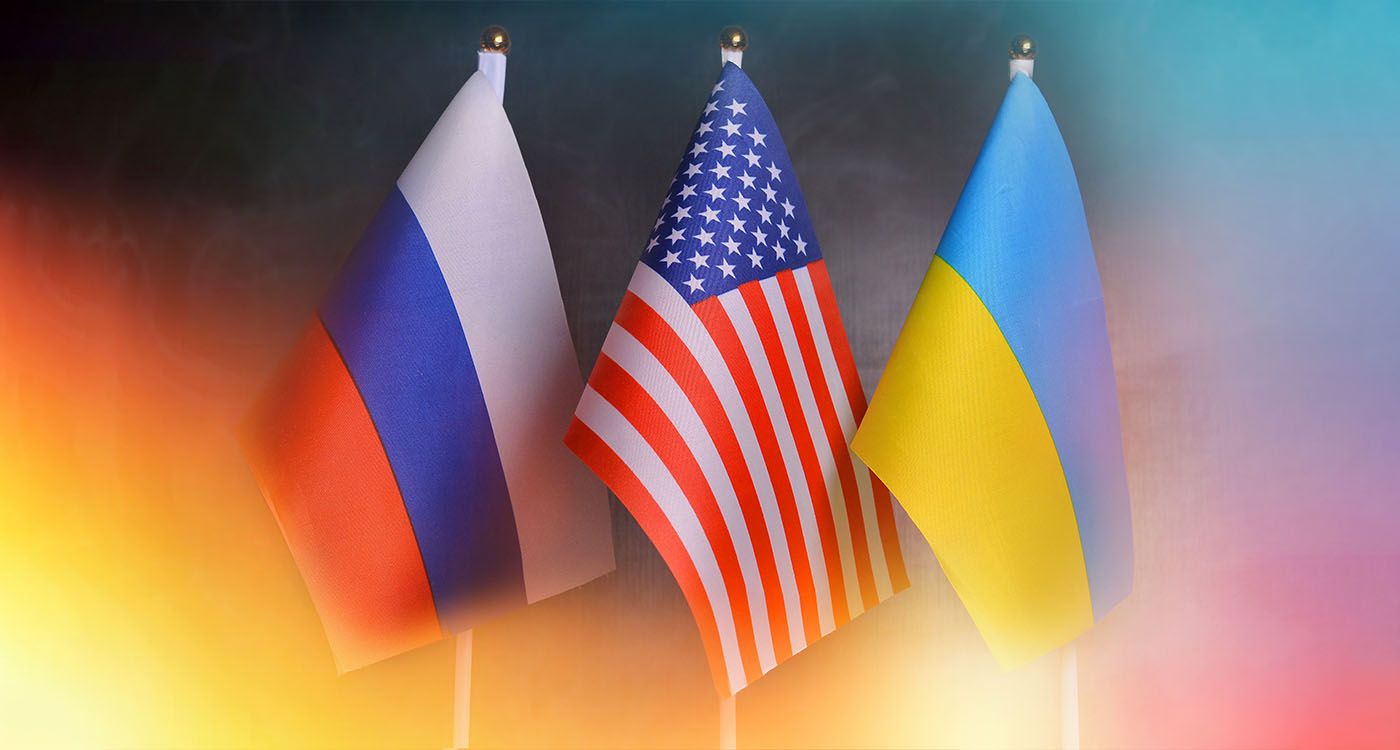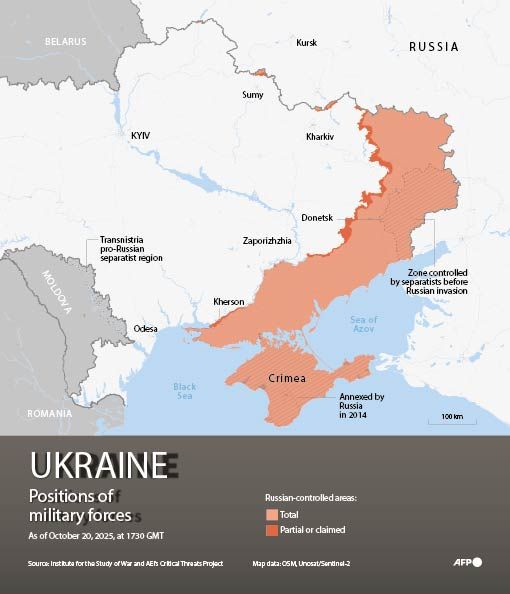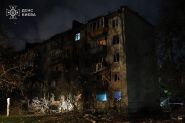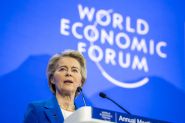- Home
- Middle East
- A War Still Without End: Why Russia and Ukraine Remain Locked in Conflict

©Shutterstock
Nearly three years into the Russia-Ukraine war, both Moscow and Kyiv remain locked in a costly stalemate. Ukraine retains most of its territory, while Russia controls around 20 percent, and diplomatic efforts have yet to yield a breakthrough. The conflict continues to influence global security dynamics, energy markets, and international relations among nuclear-armed powers.
On February 24, 2022, Russia launched a full-scale invasion of Ukraine, marking the most significant military conflict in Europe since World War II.
The decision was rooted in a blend of political, strategic, and ideological motives that had been building for years. At the core of Moscow’s reasoning was the determination to prevent Ukraine, a former Soviet republic with deep cultural and historical ties to Russia, from aligning definitively with the West.
Putin’s Vision
Russian President Vladimir Putin repeatedly claimed that Russians and Ukrainians were “one people” and described Ukraine as an “artificial state.” This worldview rejected Ukrainian sovereignty and instead framed the country as a region that should permanently remain within Russia’s sphere of influence.
Ukraine’s Western Turn and the Kremlin’s Alarm
In the years leading up to the invasion, Ukraine had strengthened political ties with the European Union, expanded military cooperation with NATO, and pushed firmly toward an independent national identity. To the Kremlin, these steps represented not just a geopolitical realignment but a symbolic shift away from Russia’s historic power over its neighbor. Russia acted under the belief that preventing Ukraine’s western integration was essential to preserving both its influence and its national security posture.
War on the Ground
Yet nearly three years later, the war’s results have fallen far short of Moscow’s expectations. Today, in 2025, Ukraine maintains control over the majority of its internationally recognized territory. According to the Council on Foreign Relations, Russia currently occupies roughly 20 percent of Ukraine. Territorial gains since 2022 have come at an enormous human and military cost. By mid-2025, Russian forces had gained approximately 1,935 square kilometers of Ukrainian territory and later an additional estimated 400 square kilometers in a four-week period. These gains, while not insignificant, remain limited when weighed against the scale of Russian losses.

Human and Economic Toll
Russia’s military casualties are estimated to have reached close to one million killed or wounded, according to the Center for Strategic and International Studies (CSIS) in Washington. Ukraine has also suffered heavily. President Volodymyr Zelensky has stated that around 400,000 Ukrainian soldiers have been killed or injured in the conflict. Both nations are experiencing staggering human loss, shattered economies, and deeply strained societies. Still, neither side is prepared to concede.
The question of escalation remains ever-present. Though NATO continues to support Ukraine militarily and financially, direct NATO involvement remains unlikely unless the conflict spills beyond Ukraine’s borders or Russia resorts to nuclear or chemical weapons. Western governments remain determined to avoid direct confrontation between nuclear-armed states, a scenario that carries catastrophic global risk.
Diplomatic Efforts and Ceasefire Proposals
Diplomatic efforts have emerged, most notably led by U.S. President Donald Trump. His approach has centered on a ceasefire first, followed by longer-term negotiations. Under proposals attributed to Trump, Ukraine would accept certain territorial concessions, such as recognizing Russian control of Crimea and parts of the occupied territories, and agree not to pursue NATO membership. In return, sanctions on Russia would be eased. Moscow, for its part, demands not only Ukrainian neutrality but also formal recognition of all territory it currently controls and insists that any settlement be permanent rather than a temporary pause.
Ukraine’s Red Lines: Sovereignty Above All
For Kyiv, this is not merely a political calculation; it is existential. Ukraine insists on the withdrawal of Russian forces and restoration of full sovereignty over all occupied land. Accepting a ceasefire along current front lines would mean officially losing parts of Donetsk, Luhansk, Zaporizhzhia, Kherson, and Crimea, an outcome seen in Kyiv not just as a defeat but as a guarantee of future aggression.
The war continues because both sides believe time is on their side. Each hopes the other will eventually weaken militarily, economically, or politically. But the longer the conflict drags on, the clearer it becomes that neither side can achieve a decisive victory. The costs will continue to mount while the risk of broader escalation grows.
On February 28, 2025, President Trump had warned Zelensky that by prolonging the conflict without movement toward negotiations, Ukraine risks “gambling with World War III.” His message, however controversial, underscores the scale of what is at stake. The war is no longer only about territory; it now shapes global security, energy stability, and the balance of power between nuclear states.
If the conflict continues unchecked, the risk of a direct clash between Russia and NATO grows, and with it the danger of escalation into a far wider and far deadlier war.
Read more





Comments